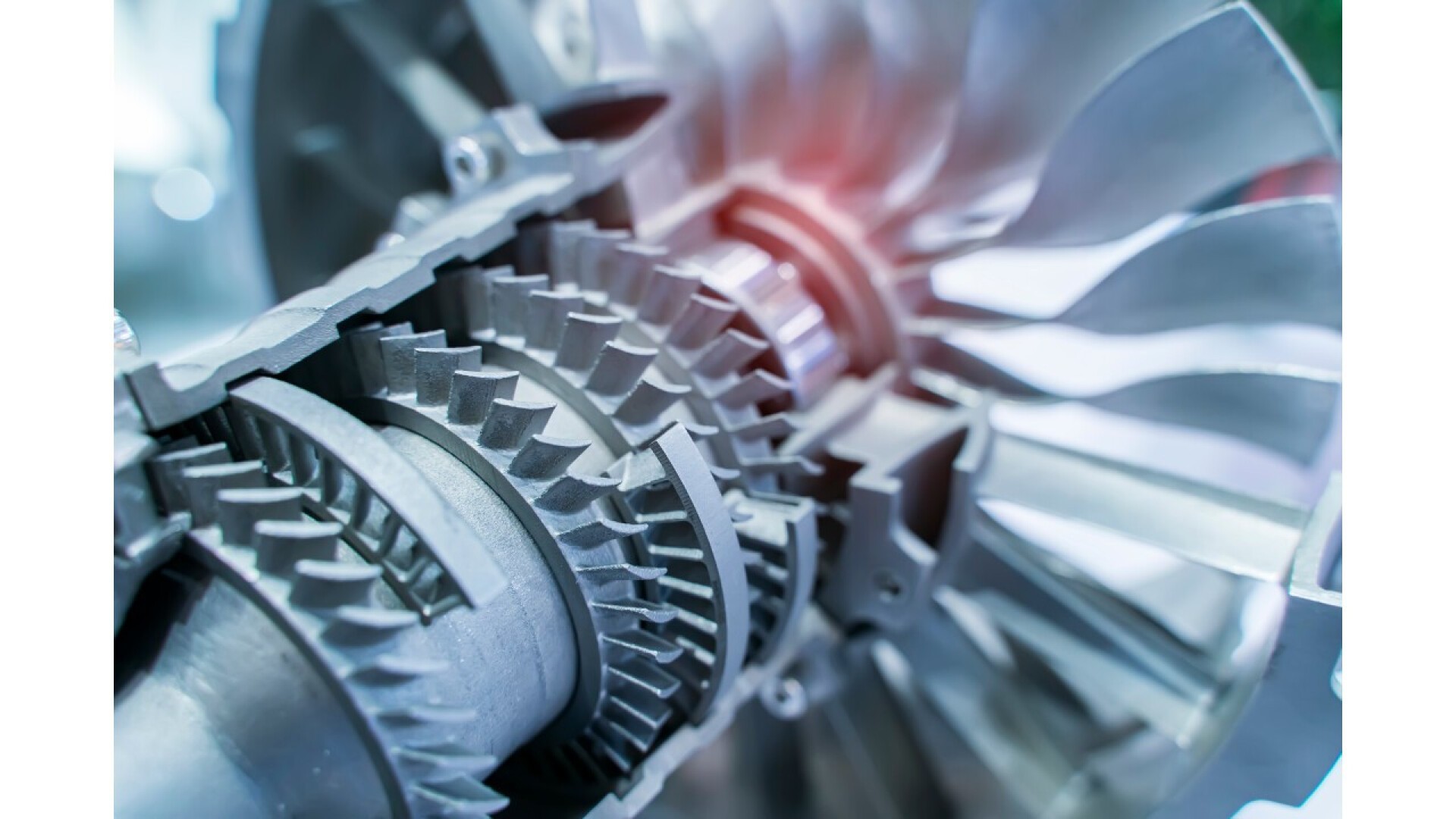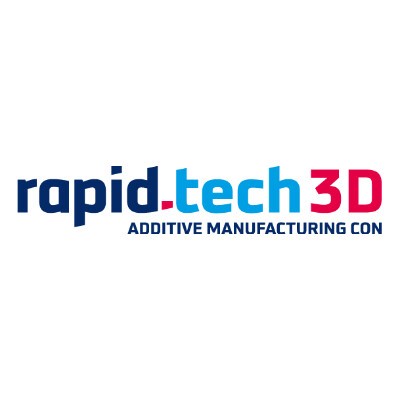3D printing in Aerospace
Lighter components, lower costs and faster production times enable innovative designs and increase efficiency in aerospace. The future of flight is being redefined!
3D printing marks a turning point in modern manufacturing technology and is attracting particular attention in industries such as aerospace. This revolutionary method, also known as additive manufacturing, makes it possible to create complex structures that would often not be feasible using traditional techniques. Its application in the aerospace industry promises not only an increase in efficiency, but also a significant improvement in performance. With 3D printing, components can be made lighter yet stronger, offering major benefits in areas such as fuel efficiency and sustainability. In the aerospace industry, this technology even enables the production of components under the unique conditions of space. In addition, 3D printing helps to reduce costs by enabling faster prototyping and more efficient warehousing. This technology is representative of the progress and potential of modern manufacturing methods, which not only redefine the production method, but also the limits of what is possible. rapid.tech 3D in Erfurt offers the perfect setting to exchange ideas with experts on 3D printing in the aerospace industry.
Areas of application for 3D Printing in Aerospace: From prototypes and spare parts to complete rockets
In aviation, 3D printing enables the production of lightweight components, which is crucial for aircraft. Lighter components contribute to fuel efficiency and reduce CO2 emissions, which is particularly relevant in the context of climate change. One example of this is engine parts, which can be made both lighter and more durable using 3D printing. In addition, this technology enables the rapid production of spare parts, which reduces maintenance times and lowers operating costs.

3D printing opens up completely new possibilities in aerospace. The ability to manufacture equipment and parts directly in space could fundamentally change the logistics of space missions. Instead of transporting all the required parts from Earth, astronauts could produce them on site, significantly increasing the efficiency of long-term missions. This is particularly relevant for future exploration of Mars or other celestial bodies, where resupply from Earth is logistically and financially challenging.
3D printing also contributes to innovation by speeding up the development process. Prototypes can be produced faster and more cost-effectively, which shortens testing phases and speeds up the market launch of new technologies. In addition, the technology enables the production of components with complex geometries that play a role in performance optimization, such as aerodynamically optimized structures or lightweight components for satellites.
Material diversity in 3D Printing: The right materials for the aerospace industry
3D printing in aerospace has undergone significant development, particularly in terms of the materials used. These materials must not only meet specific requirements such as lightness, strength and temperature resistance, but also meet the unique challenges of these industries.
One of the most commonly used materials in aviation is titanium. Thanks to its high strength, corrosion resistance and light weight, it is ideal for components such as engine parts and other structural elements. Titanium offers an excellent balance between durability and weight, which is crucial for aircraft efficiency.

Aluminum alloys are also widely used in aerospace 3D printing. They are lightweight, cost-effective and offer good strength, making them suitable for parts such as frames and fairings. Their processability in 3D printing enables the production of complex geometries that would be difficult to achieve with traditional methods.
In aerospace, special superalloys are used that can withstand extreme temperatures and radiation. These materials, such as Inconel, a nickel-chromium alloy, are known for their exceptional strength at high temperatures and are often used in rocket engines and other high-temperature applications.
Plastics also play an important role, particularly in the form of high-performance polymers such as PEEK (polyether ether ketone). These polymers are resistant to chemicals and heat and are ideal for non-metallic aerospace components. They are lightweight and can be designed to have specific properties such as flexibility or heat resistance.

The latest developments include composite materials made from a combination of materials such as carbon fiber and plastics. These composites are extremely lightweight and have high strength, making them ideal for structural elements in airplanes and spaceships. By using 3D printing, these composites can be produced in complex, customized shapes that were previously unthinkable.
Advantages of 3D Printing in Aerospace
3D printing, also known as additive manufacturing, offers numerous advantages in the aerospace industry that improve both production efficiency and the functionality of the final products.
- Design freedom and complexity: One of the greatest strengths of 3D printing is the ability to create complex shapes and structures that would be difficult or impossible to produce using traditional manufacturing methods. This design freedom enables the development of parts with optimized, often lighter and stronger structures, which is particularly important in aerospace.
- Weight reduction: In aerospace, weight plays a crucial role. 3D printing allows the production of lighter components, which leads to a reduction in fuel consumption and an increase in payload capacity. This is not only cost-effective, but also helps reduce emissions.
- Material and cost efficiency: 3D printing minimizes material waste because it only adds material where it is needed. Compared to subtractive manufacturing methods, which remove material, this is a more efficient and environmentally friendly method. In addition, production costs can be significantly reduced by saving material and reducing waste.
- Rapid prototyping and production flexibility: 3D printing enables rapid production of prototypes, which shortens development time and allows for rapid iterations. Production can be quickly adapted to design changes, which brings great flexibility in development and manufacturing.
- Reduction in supply chain: 3D printing enables parts to be manufactured on site and on demand. This reduces the need for large inventories and minimizes dependence on complex supply chains, which can be particularly beneficial in times of crisis.
- Customization and personalization: 3D printing allows for a high degree of customization of components, which is of great importance in the aerospace industry for specialized applications and missions.
- Innovation and research: This technology promotes innovation by allowing researchers and engineers to test new materials and design concepts. 3D printing is proving particularly valuable in space travel, where unconventional solutions are required.

Challenges of 3D Printing in Aerospace
Although 3D printing offers numerous benefits for the aerospace industry, it also brings specific challenges that must be addressed:
- Quality and reliability standards: In aerospace, quality and reliability requirements are particularly high. Additive manufacturing must meet strict standards, which requires continuous monitoring and testing of printing processes and results. Ensuring material quality and mechanical properties is crucial to pass rigorous certification and testing.
- Material limitations: Although a wide variety of materials are available for 3D printing, they may not always be optimally suited to specific aerospace applications. Developing new, high-performance materials that can withstand the extreme conditions such as high temperatures, radiation and mechanical stress remains a challenge.
- Size limitations: Current 3D printers are often limited by the size of the parts they can produce. For larger components, either new, larger printers must be developed or techniques for seamlessly joining multiple printed parts must be perfected.
- Cost factor: Although 3D printing can reduce material and production costs, the initial investment costs for high-quality printers and the development of suitable materials are often high. This can be a hurdle especially for smaller companies and start-ups.
- Technical challenges: Additive manufacturing is a complex process that requires a deep understanding of material science, printing technology and the design process. Optimizing printing parameters to ensure the best quality and performance is a constant challenge.
- Training and expertise: The lack of qualified personnel skilled in both additive manufacturing and the specific requirements of aerospace can make the implementation and integration of 3D printing technology difficult.

Future-oriented visions: 3D Printing as an innovation driver in Aerospace
The future prospects of 3D printing in the aerospace industry are extremely promising and could bring a number of groundbreaking developments. In advanced materials research, the development of new materials for 3D printing is expected to continue. These materials will likely be even lighter, tougher and more adaptable to cope with the extreme conditions in aerospace. For example, they could have improved thermal properties or higher radiation resistance. Another significant advance could be the scaling of 3D printing technology. The ability to efficiently print larger components would revolutionize the manufacture of complete aircraft or spacecraft sections. This could drastically reduce production times and increase flexibility in design and manufacturing. The integration of artificial intelligence (AI) and advanced software into the 3D printing process is expected to increase the efficiency and accuracy of manufacturing. AI-powered design tools could automatically generate optimized structures for specific applications, resulting in even more powerful and lightweight components. In space, we could see the use of 3D printing technologies on other planets or moons. The ability to print structures and tools directly in space or on other celestial bodies could enable long-term missions or even the establishment of settlements in space. The increasing acceptance and integration of 3D printing in aerospace will also impact education and the job market, with new career fields and specializations emerging that focus on the design, manufacturing and maintenance of 3D printed components.
In summary, 3D printing in aerospace is on the cusp of exciting developments that could fundamentally change the way we design and build aircraft and spacecraft. This technology promises not only to increase efficiency and reduce costs, but also to open up new possibilities in construction and space.


